TO LEARN IS TO GROW
Learning Center
We do our research and publish our results. Should probably call this the Growing Center.


How Do I Create The Perfect Blog Post?
Create the perfect blog post with our handy step-by-step guide. Bring in more leads to your business and build your brand through helpful, market-relevant content.
Is there such a thing as a perfect blog post? After all, blogging started as sort of a “live journal” where one can write any way they want about anything they feel like writing about.
It used to be a personal thing until Search Engine Optimization (SEO) happened and was discovered by businesses for their own website content.
With the evolution of SEO and content marketing, so too have blog posts evolved. An effective blog post today is all about quality: it should not only be well-written and well-designed, but it should also be genuinely helpful and relevant to your target audience.
In fact, you can even argue that blog posts for business should be a cut above the normal fare going around the internet.
You are, after all, trying to achieve two things: build your brand, and bring in business.
Blogs were initially created as online diaries and journal entries of internet users. The term blog came from the word weblog, which meant keeping a log of your thoughts on the world wide web.
As such, the early blogs were almost always personal, as it served users an outlet for what happens in their everyday life.
A lot has changed since then, as blogs are now powerful tools of influence used by celebrities, businesses, and other persons of interest. Blogging has become a necessity for people trying to stay relevant on the internet. Depending on your goals, writing a personal or a business blog should help you get better visibility in the digital world.
There’s a proper approach to creating perfect blog posts for your business website. Follow our step-by-step guide to creating articles for your business blog that helps draw in new visitors, educate your readers, and bring in new sales.
That said, let’s dive right into the individual elements of what makes a perfect blog post.
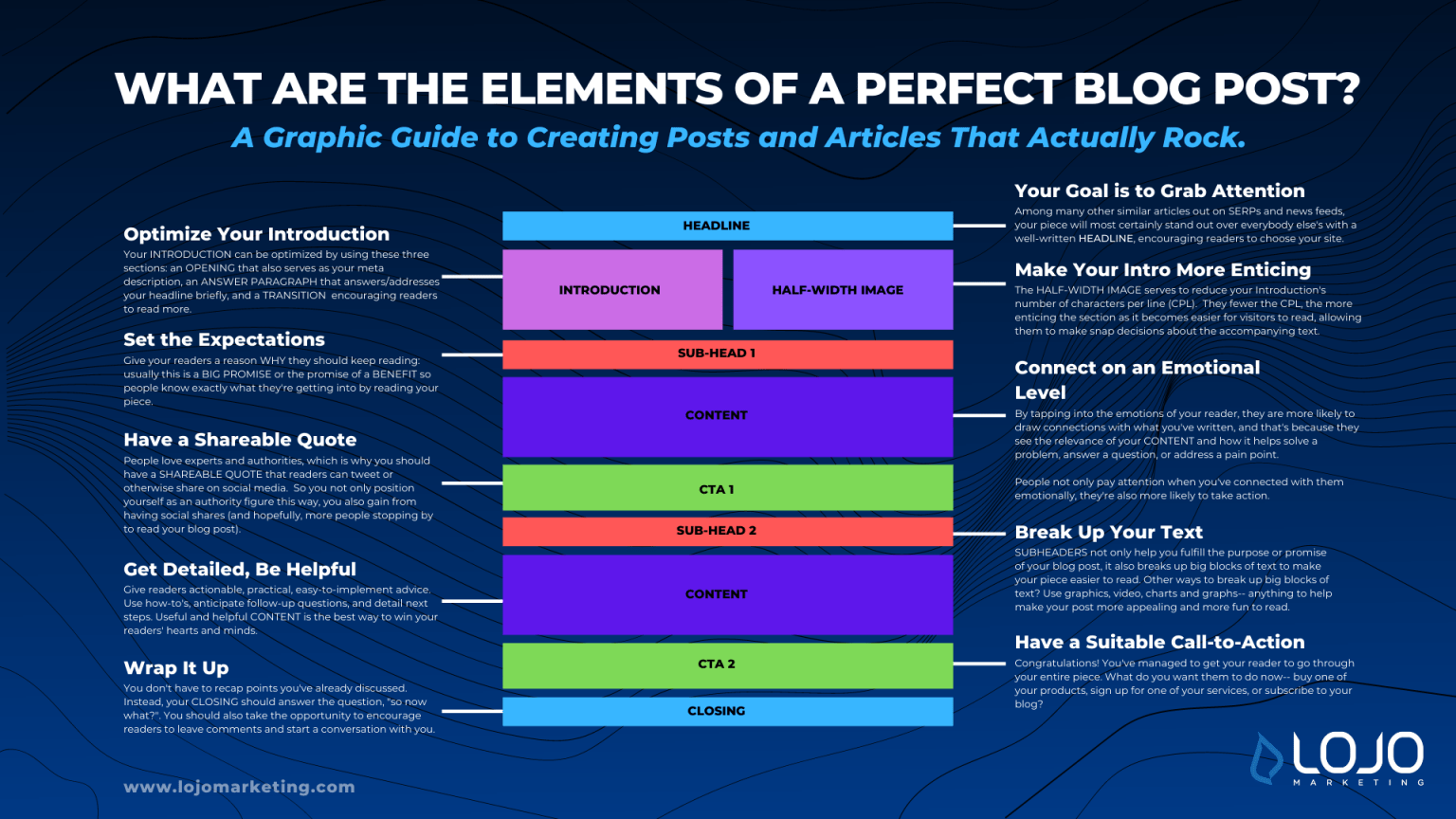
What's The Difference Between Business Blogging and Personal Blogging?
While both personal and business blogs aim to reach out to a certain audience by regularly publishing relevant content, there are differences between them.
Personal blogs are usually more informal. The writer tends to talk about his (or her) personal experiences and preferences in a casual way as if he (or she) was speaking to a friend. On the other hand, business blogs use a more professional tone since the website represents the entire company and not just an individual.
Because of this, business blogs need to be more careful with their tone, word choices, and stances on various matters whenever they publish content.
Personal bloggers can get away with posting their beliefs online because if the internet’s reaction is negative, it is easier to use one’s right to personal opinion as a valid defense. Meanwhile, business blogs do not have this luxury, so they usually try to avoid controversial issues because simply taking a side can mean losing customers.
Since personal blogs mostly present the writer’s thoughts and opinions, the blog’s audience can be fairly limited to people who personally know him (or her).
Business blogs, on the other hand, try to increase their readers exponentially through effective Search Engine Optimization (SEO) techniques, such as methods taught and encouraged by famous blog expert, Brian Dean of Backlinko.
When done correctly, blogging can significantly increase your brand’s visibility and recognition on the internet, leading to a better influence on your industry.
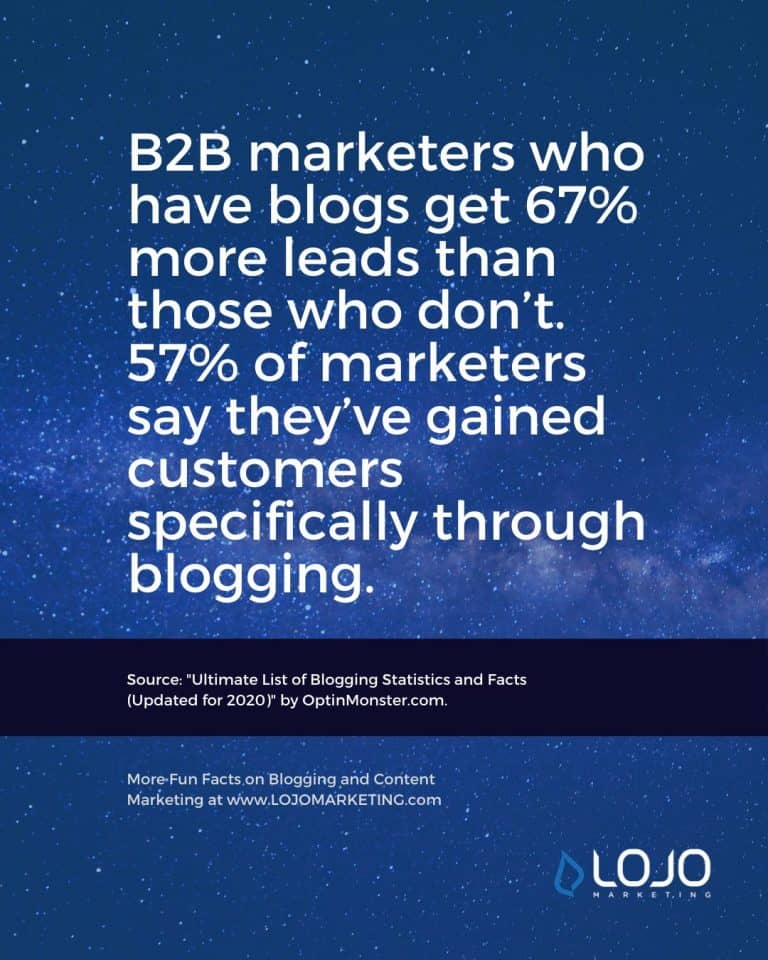
1. The Introduction
Let’s start out with your introduction.
Your introduction can be optimized by using these three sections: an opening that also serves as your meta description, an answer paragraph that answers/addresses your headline briefly, and a transition encouraging readers to read more.
The function of your introduction is to sell the rest of your blog post. In two to three short paragraphs, your introduction should have:
Restated the problem; thereby showing that you understand your reader’s pain points and issues.
Set the expectations; setting the stage for what the rest of your article is all about, and
Convinced the reader to read what you have to offer.
Your Opening
Your opening is your lead-in and the support your headline or title needs to make the reader click on it (and thus, read the rest of your article).
In advertising strategy, they call this the “reason to believe.” In old-school publishing, they call this the “blurb” or the “lede”. In digital marketing, this is the intro which is not yet part of the piece or the body of the piece.
Pro Tip: you may even incorporate your meta description into your introduction as your lede, if you want to.
Remember these pointers:
Don’t forget to include an instance of your target keyword, key phrase, or topic into your meta description.
Take the time to be creative and use power words or emotional hooks.
Like your title, you can write this last
In Google Search, your meta description appears as the Google Snippet or the short block of text that appears under your piece’s link on a search page.
The meta description gives you a chance to hook in readers just from the search engine results pages or from when the link to your article is shared via social media.
Your Answer Paragraph
One of the biggest opportunities for your introduction is that it can be featured as a Featured Snippet on Google Search (if you optimize it well).
You can read on how to pull this off, but the short of it is:
Answer the main question while keeping it under 300 characters.
Make it witty, engaging, yet direct. It’s your last chance to make them click on the link.
So optimize, optimize, optimize.
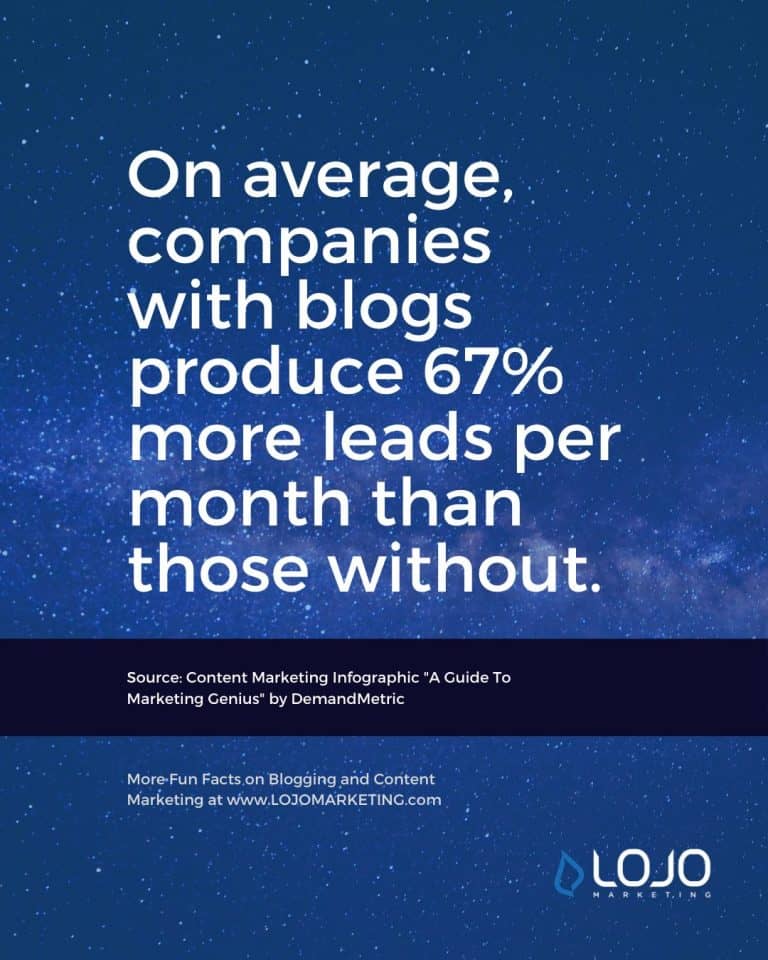
Your Transition
Give your readers a reason why they should keep reading: usually this is a big promise or the promise of a benefit so people know exactly what they’re getting into by reading your piece.
2. The Main Body
This is now the fulfillment of what your title and introduction teased or promised to the reader.
The main body of your perfect blog post is the “meat” that answers the question or quality content that will give your reader the takeaway they need and are looking for.
Pro Tip: Make an effort to connect on an emotional level.
By tapping into the emotions of your reader, they are more likely to draw connections with what you’ve written, and that’s because they see the relevance of your content and how it helps solve a problem, answer a question, or address a pain point.
People not only pay attention when you’ve connected with them emotionally, they’re also more likely to take action.
Remember, again, that while connecting with your reader is important, remember to also apply style and authenticity.
On-Page Optimization
Quick refresher course: SEO has three basic factors — technical, off-page, and on-page.
Out of the three, on-page optimization will provide leads and nurture relationships with the captured audience. On-page optimization, from the word itself, is a strategy wherein the published content on your website improves your ranking on Google search results.
Not only does on-page optimization help make your blog posts more search-engine-friendly, it also encourages a more favorable overall reader experience.
Keep in mind that all other strategies will fail if your content itself is of no use to your audience.
Before anything else, build a database of keywords that are relevant to your brand using Google’s search engine. Input as many keywords as possible to cover all relevant searches.
Pro tip: If you need more research on how questions are phrased on Google, you can use plain ol’ Google Search sites like Reddit or Quora, or even services like Ubersuggest and AnswerThePublic to get data on audience search intent.
Now that you have a huge database and knowledge on how users phrase questions on search, we’ll start creating your next big content using these tried and tested strategies:
Use your target words from the keyword database within the first 100 words of your post.
To apply keyword repetition strategically, considering putting it once in the title, once more in the headline, about two to three times within your content, and once in your meta description
Choose a font size, color, and type that is easy on the eyes and is readable. There are a number of free downloadable fonts that complement blog layouts available on the internet.
Maximize the images by using keywords within each image’s alt text. Make sure the images have proper tags and descriptions.
Embed a video link to your content to improve user experience. A video content adds an appeal and it can be used to break the monotony of words.
Shorten your URL into an article description using keywords. A short URL gives the impression of an organized content and adding keywords will help in ranking it.
Don’t forget to link at least 2-3 high authority sources to provide legitimacy to your data
Research and double-check the tags and descriptions of your content.
Break Up Large Blocks of Text
Nobody likes reading big, imposing walls of text. Use paragraphs generously. And use white space strategically if and when you can.
Also, use subheaders (H2’s, H3’s, and H4’s) in your main body so that it is scannable and the reader easily gets the idea and the “why” they should read it.
Under each subheader, use different media to help drive your point or communicate your message as easily and clearly as possible — tables, graphs, lists… you get the idea.
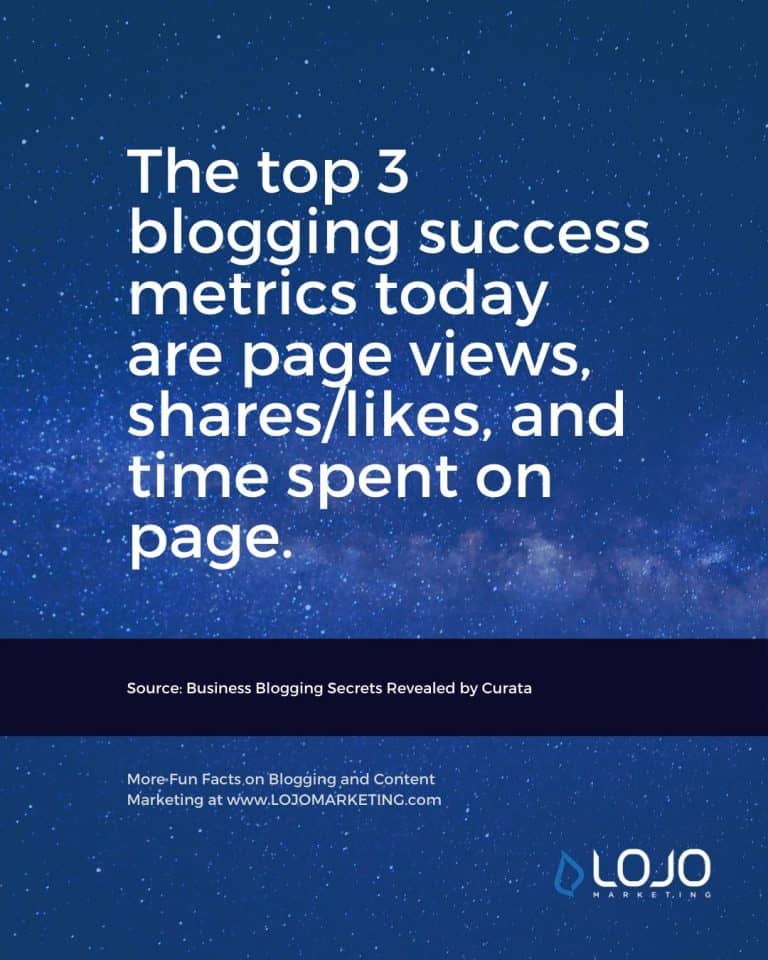
Get Detailed, Be Helpful
Give readers actionable, practical, easy-to-implement advice. Use how-to’s, anticipate follow-up questions, and detail next steps.
Useful and helpful content is the best way to win your readers’ hearts and minds.
Other Pointers
Try to anticipate readers’ questions and answer them.
Stay on topic no matter what style you apply
Stay professional. It’s okay to be witty; just avoid being too crass, or using sexual innuendo or more controversial topics. Keep it classy!
Make it an easy read especially on mobile at 6 paragraphs or less
3. The Wrap-Up or Conclusion
This is the section that is the equivalent of the expressions, “that said” or “that being said” after you have made your point/s in the main body.
You don’t have to recap points you’ve already discussed. Instead, your closing should answer the question, “so now what?”.
You should also take the opportunity to encourage readers to leave comments and start a conversation with you.
It is also a good summary of what you have just said with the key takeaways. But, more importantly, it should have your call-to-action.
Give your readers a follow-through by giving suggested links or related content they may also read.
Have a Suitable Call-to-Action
Congratulations! You’ve managed to get your reader to go through your entire piece.
What do you want them to do now– buy one of your products, sign up for one of your services, or subscribe to your blog?
This is where your call-to-action (CTA) comes in.
The point of writing a blog post especially for businesses is that you make the reader do two actions: first, inquire with the company about their business and become a customer; second, share the piece with others who can also become prospective customers.
It is a ripple effect that begins with one blog piece.
Other Pointers
Keep your wrap-up or conclusion within two to three paragraphs
Sneak in an instance of your main keyword/key phrase/ topic in there somewhere.
Encourage discussion and engagement
Yes you can your main call-to-action here. Remember, however, that you can find creative ways to put in additional CTAs strategically throughout the rest of your piece.
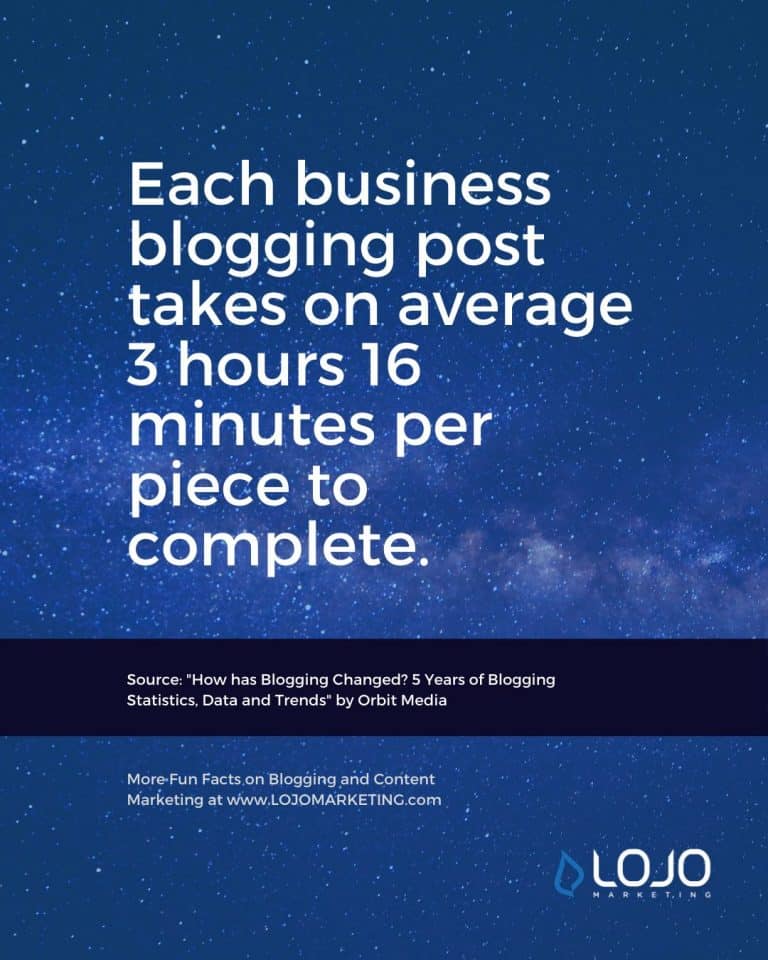
Importance of a Call-To-Action (CTA)
Have you ever paid close attention to the articles you find online? Did it ever occur to you that they always seem to end in a similar tone– like they want you to do something? Yes? That is called a CTA.
Marketers have long used this technique called “Calling to action.” The direct and straightforward message to do something, resolving the issue of decision fatigue among consumers.
Why Does a CTA Work?
Potential clients are bombarded with a lot of information everyday. They are exposed to countless marketing ploys. As such, they become confused as to which one to choose and buy.
Adding a simple call-to-action at the end of an article is a great way to draw them back to your primary purpose – that is, to encourage them to buy your product or service.
It puts an end to the long, tiring influx of information and brings forth a commanding directive.
How Do I Best Use a CTA?
As a business owner, you cannot simply put up an advertisement without a specific flow and expect people to answer your call-to-action at the end.
While the CTA is an important tool, it only works if the statements preceding are logical and useful. Your flow should be patterned to the client’s buying journey. Every information you put should be substantial. In essence, your CTA should only be the final blow to an already convincing piece. It is the invitation to the customer to do something.
How Do I Make a Winning CTA?
Gone are the days when calls-to-action are mere simple sentences, such as “Call now.”, “Buy now!” and “Try it today.” CTAs are becoming more and more innovative as the competition to gain the buyer’s attention grows tougher.
An effective CTA should take into account the following elements: wording, shape and size, color, and position.
Wording
Words are the lifeblood of your CTA. It is the most important element. The choice of words impacts the effectivity of your CTA.
For instance, a MOZ study shows that the words, BUY, SHOP, and ORDER have different conversion ratios. The study found that the use of the Order yields to a higher rate. The reason for that is the tendency of humans to become afraid of committing right away. The words BUY and SHOP connotes finality, which can sometimes discourage potential consumers.
Indeed, the use of words must be carefully studied. Any prudent marketer should be able to identify which words trigger positive feedback from the reader.
Shape and size
Shape and size are both critical aspects of a CTA. Its effects on the person looking at the material are not to be countered. Humans are naturally visual creatures. For instance, a call-to-action statement that is tiny can easily be ignored. A CTA button that is sharp can be seen as unfriendly. Every aspect of your page invokes meaning and feeling to the reader.
Color
There is a reason why fast-food chains use red, and healthy restaurants use green. Color triggers emotions. It is that simple. If you are ever making a CTA, you should pay close attention to how your website’s colors subconsciously affect the readers’ emotions. Do not use colors that evoke sadness, inaction, and passiveness. CTAs should be associated with colors that relate to activity, and movement, and energy.
Position
A misplaced CTA is just as ineffective no call-to-action at all. Remember that readers follow a certain flow when they consume content. If this flow is interrupted, you may end up losing their attention. A call-to-action placed on a different page from your articles will likely go unnoticed. A CTA button found on your web page’s left side is less effective because readers are used to reading from left to right.
A properly crafted CTA remains one of a business owner’s most effective marketing tool. If used properly and timely, a call-to-action can prove very useful in converting the audience.
4. The Headline (or Title)
The title is the first thing people read in your blog. In fact, your headline or title’s job is to help reel your readers in.
It can make the difference between the reader clicking on the blog entry or scrolling past it.
Your title is your “hook” that should reel the reader into the blog post and, hopefully, make them share it.
Did that put some pressure on you? Relax! Come up with a bunch of options then decide later (or after you’ve written the entire blog post) which one it’ll be.
The point is to make the reader stop, click, read, and share (the content will play a huge part on this.)
Some blogs, for aesthetic reasons, prefer that their titles be short enough to fill only one line or deck in the layout. Others try not to go beyond two lines or two decks.
If your reader is reading on his mobile, a title too long means that will be all they will see on the screen! Besides, the more experienced writers can write ‘em shorter. So practice!
A question format will trigger a response or an urge to respond in the reader, so if it makes them want to answer the question you posed as a title, they will definitely click on it.
Actions online are often triggered by emotions. Notice that people share things that make them “feel” regardless of what those are (from a kitten to a compelling issue).
Don't Forget: Your Goal is to Grab Attention
Among many other similar articles out on SERPs and news feeds, your piece will most certainly stand out over everybody else’s with a well-written headline, encouraging readers to choose your site.
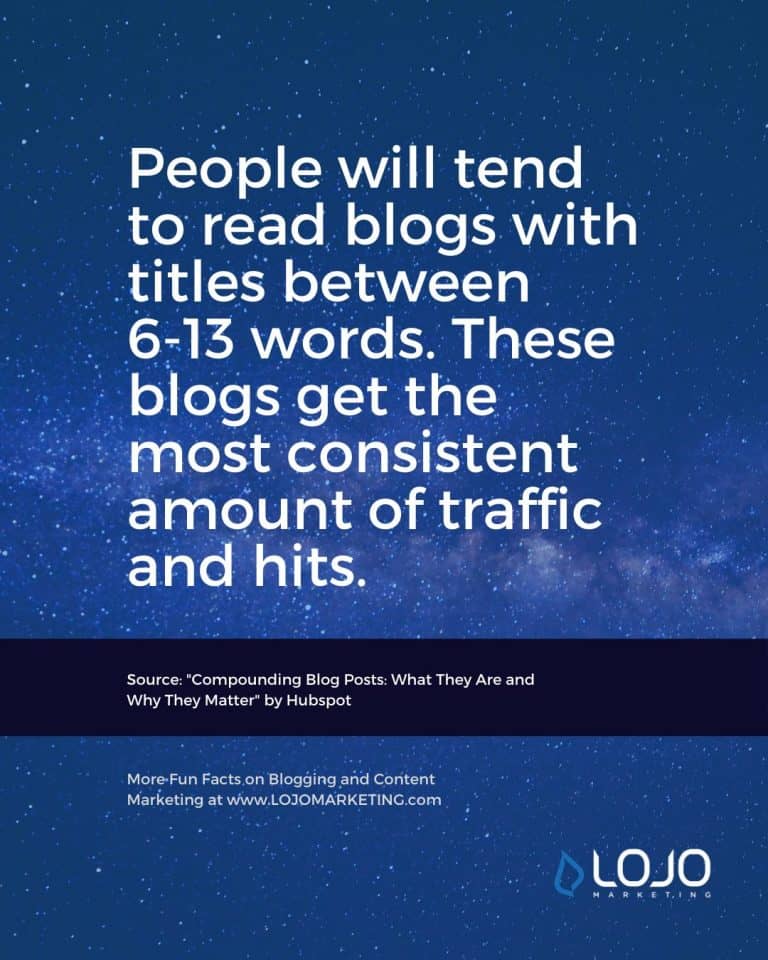
Other Pointers
Pro Tip: consider writing the title of your perfect blog post last.
Yes, you may have working titles to begin with. However, once your piece starts getting fleshed out, you’ll want to find ways to optimize your title even further.
Other pointers to keep in mind:
Use less than 60 characters or about 12 to 18 words
Include your main keyword
Don’t hesitate to put it in question format
5. Further Optimization
Remember that the web is one cluttered and noisy universe of data and information where billions and billions of blog posts are getting published every second.
Increase the chances of your blog post standing out by not stopping with the perfect first four items we just listed.
Make Your Intro More Enticing
The HALF-WIDTH IMAGE serves to reduce your Introduction’s number of characters per line (CPL).
The fewer the CPL, the more enticing the section as it becomes easier for visitors to read, allowing them to make snap decisions about the accompanying text.
Have a Shareable Quote
People love experts and authorities, which is why you should have a SHAREABLE QUOTE that readers can tweet or otherwise share on social media.
So you not only position yourself as an authority figure this way, you also gain from having social shares (and hopefully, more people stopping by to read your blog post).
One of the best next steps you can do for your blog posts is to start organizing them into topic clusters. Read “Building Your Topic Clusters Step-by-Step” to find out how.
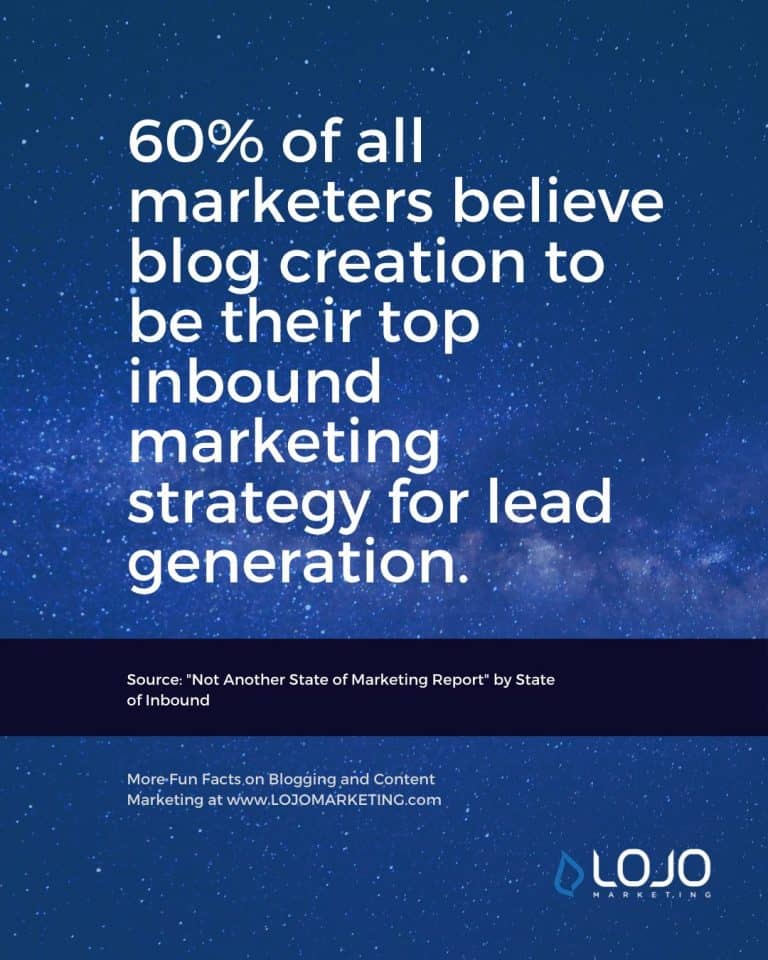
A Final Word
Now that you know the elements of a perfect blog post, it’s time to apply what you have learned with the next piece you are about to write. Be generous with your new knowledge and don’t hesitate to share this piece.
Remember: effective blogging– and in particular, blogging for business– is all about delivering consistent results. Creating the perfect blog post will help you bring in more business, boost your organic rankings, and build your brand online.
Happy blogging!
Built for Growth. Backed by 25 Years of Trust.
For over two decades, LOJO has been a trusted partner to hundreds of businesses just like yours. Whether working directly with owners, managers, teams, or boards of directors, our goal remains the same: to be a reliable and results-driven asset to your business.
Over the years, we’ve carefully built a team of experts—each selected for their unique skills, strengths, and personalities. Our clients choose LOJO because they know we genuinely care about their success.
And after 25 years of helping businesses grow, we’re more committed than ever.
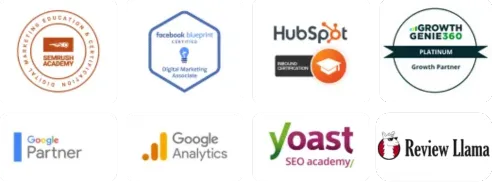

Built for Growth. Backed by 25 Years of Trust.
For over two decades, LOJO has been a trusted partner to hundreds of businesses just like yours. Whether working directly with owners, managers, teams, or boards of directors, our goal remains the same: to be a reliable and results-driven asset to your business.
Over the years, we’ve carefully built a team of experts—each selected for their unique skills, strengths, and personalities. Our clients choose LOJO because they know we genuinely care about their success.
And after 25 years of helping businesses grow, we’re more committed than ever.
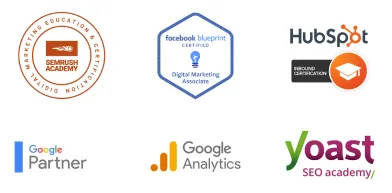



Matthew Rogers, President
iProspect Check
After spending several months reviewing multiple proposals from several different companies we engaged LOJO to develop a new website that represents our company effectively. We worked initially with Stephen Platte who helped create the scope of the project. Stephen was knowledgeable and always followed up with me on time and as promised.
He "closed the deal" for LOJO with his professionalism, service orientation and easy going approach. Once we signed the contract we were introduced to Jay Kelly who would be the creative lead for LOJO. This was the most challenging part of the project for my company, as there was no shortage of ideas from our side. Jay managed the project flawlessly, and once we had all agreed to the design, Jay introduced us to Eric.
Eric Lay is one of the founders of LOJO. Eric took the design we had developed and brought it to life. We delivered content as quickly as he requested it. Eric kept the project on task and we responded by exceeding every deadline for content. In turn, once provided, literally not a day went by that Eric didn't add the content and take the next step. In just a few weeks we launched our new website. Eric is a pleasure to work with.
His positive attitude and consultative approach really enhanced the experience and made a big difference for us in the outcome of our project. We would welcome you to visit our website to take a look at the quality work of LOJO. We are very pleased with LOJO and look forward to working with them in the future as we pursue an aggressive SEO strategy."
After spending several months reviewing multiple proposals from several different companies we engaged LOJO to develop a new website that represents our company effectively. We worked initially with Stephen Platte who helped create the scope of the project. Stephen was knowledgeable and always followed up with me on time and as promised.
He "closed the deal" for LOJO with his professionalism, service orientation and easy going approach. Once we signed the contract we were introduced to Jay Kelly who would be the creative lead for LOJO. This was the most challenging part of the project for my company, as there was no shortage of ideas from our side. Jay managed the project flawlessly, and once we had all agreed to the design, Jay introduced us to Eric.
Eric Lay is one of the founders of LOJO. Eric took the design we had developed and brought it to life. We delivered content as quickly as he requested it. Eric kept the project on task and we responded by exceeding every deadline for content. In turn, once provided, literally not a day went by that Eric didn't add the content and take the next step. In just a few weeks we launched our new website. Eric is a pleasure to work with.
His positive attitude and consultative approach really enhanced the experience and made a big difference for us in the outcome of our project. We would welcome you to visit our website to take a look at the quality work of LOJO. We are very pleased with LOJO and look forward to working with them in the future as we pursue an aggressive SEO strategy."

Matthew Rogers, President
iProspect Check
The team at LOJO were wonderful to work with. They are well organized and very patient as we worked through our marketing strategy and developed a well thought out and clear action plan at a reasonable price. We will definitely be back for our future campaign needs."

Jon Crosby, Founder
Dazil

